Epilogue
The DeepCool PN850D uses CWT’s budget GPW platform, which offers the highly desired ATX v3.1 compatibility. However, it cannot compete in performance with the omnipresent CSZ platform found in many ATX v3.x compatible PSUs. At 90 dollars, I cannot say this is a highly affordable PSU. A price below 80 dollars would make it more appealing, given that it has no modular cables and its cooling fan’s quality is mediocre. Unfortunately, all ATX v3.1 compatible PSUs are notably more expensive than the previous generation. Still, they are a one-way road since all major GPU manufacturers will adopt the 12+4 pin connector sooner or later, so it is better to have a future-proof PSU able to withstand high power spikes.
The PN850D doesn’t perform as well as the PN850M model, which uses the CWT GPX platform, or other units that utilize CWT’s CSZ and CSE platforms, like the Montech Titan Gold and the XPG Core Reactor II. At the time of the review, the latter was sold at a bargain price, at $100, so only 10 dollars more than the PM850D, while offering a fully modular cable design, a higher parts quality, and better performance, especially in transient response. Even when the Core Reactor II promo price ends, XPG is ready to ship the Core Reactor II Value Edition (VE), which will have a $20 lower price than the non-VE unit, so its final price will be around 100 dollars. This means that PSUs like the PN850D and the XPG Kyber 850, featuring native cables and more affordable platforms, have to cost below 80 dollars to make them appealing to budget-oriented users. At the current prices, close to 100 dollars, most users will prefer to spend 10-20 dollars more to get a PSU with fully modular cables, better parts, and a higher overall performance.
Before investing in a new power supply, read my Best ATX v3.x PSUs article to check all alternative PSU offerings. You help me a lot by using my affiliate links, which don’t increase the product’s price. I get a commission from Amazon every time you do it, which can make a difference for me, especially now that I am on my own, working exclusively for my media and not for someone else.
Other 850W ATX v3.x PSU reviews:
- Montech Titan Gold 850W PSU Review
- MSI MPG A1000G PCIE5 ATX v3.1 PSU Review
- XPG Core Reactor II 850W PSU Review
- Thermaltake Toughpower GF A3 850W PSU Review
- XPG KYBER 850W ATX v3.1 PSU Review
- XPG Core Reactor II VE 850W PSU Review
- Enermax Revolution D.F.12 850W PSU Review
- Delivered full power at 47°C
- ATX v3.1 and PCie 5.1 ready
- 12V-2×6 connector (600W)
- 18ms hold-up time
- Properly set OCP at 12V and OPP
- Efficient
- Tight load regulation
- Alternative Low Power Mode (ALPM) compatible
- 10-year warranty
- Price should be lower
- High OCP triggering points on the minor rails
- Not impressive overall performance
- Over 33 dBA average noise output
- Lower than 70% efficiency with a 2% load
- Low power factor readings
- The cooling fan’s quality is so-so
- Mediocre transient response on all rails
- 5VSB rail is not so efficient
- Above 0.1W standby power at 230V
- No SCP at -12V
- Non modular cable design
- Short distance between the peripheral connectors (120mm)
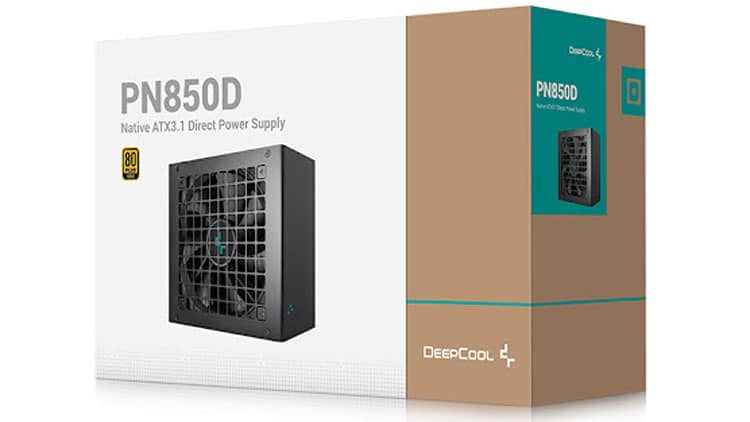
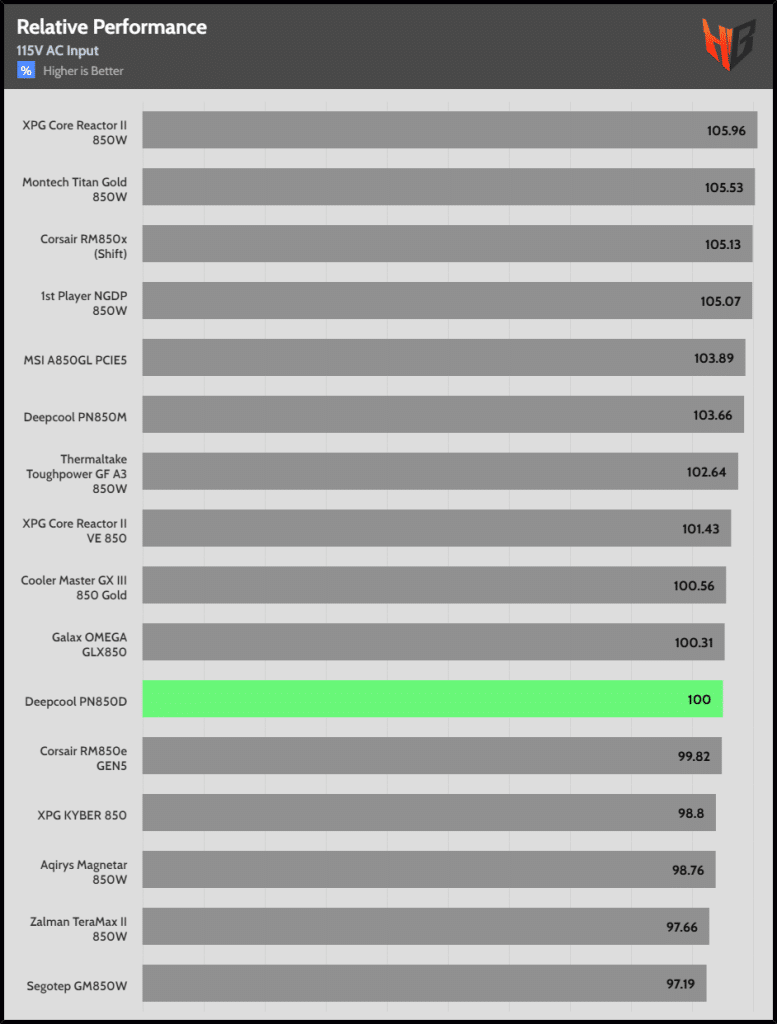
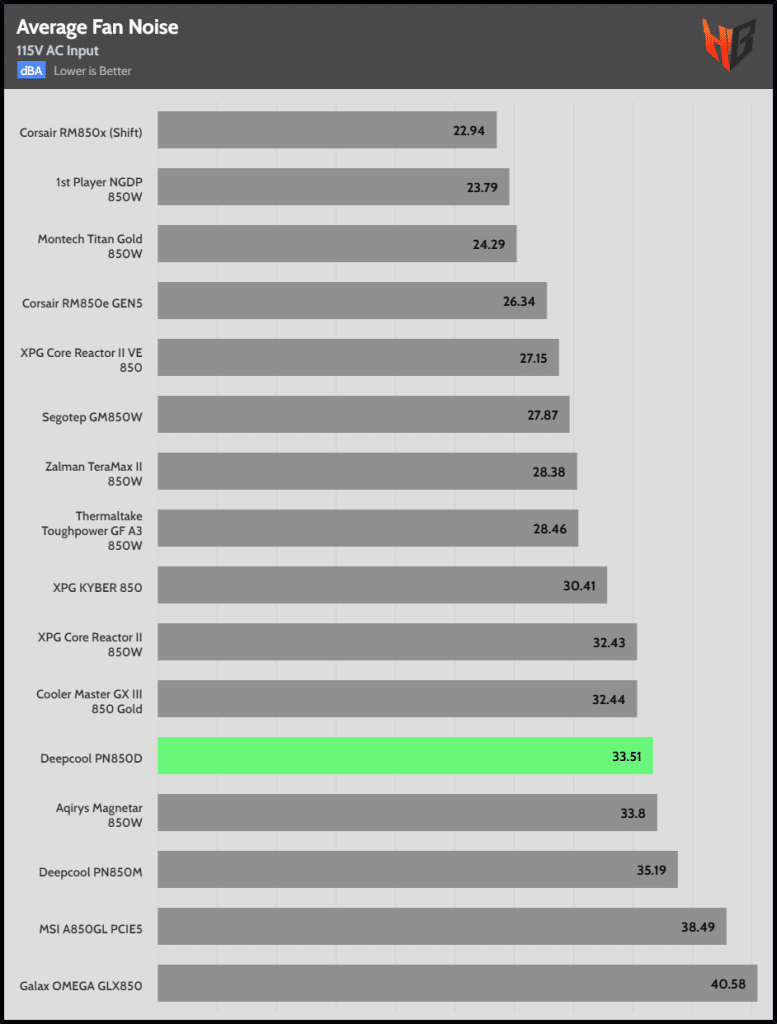
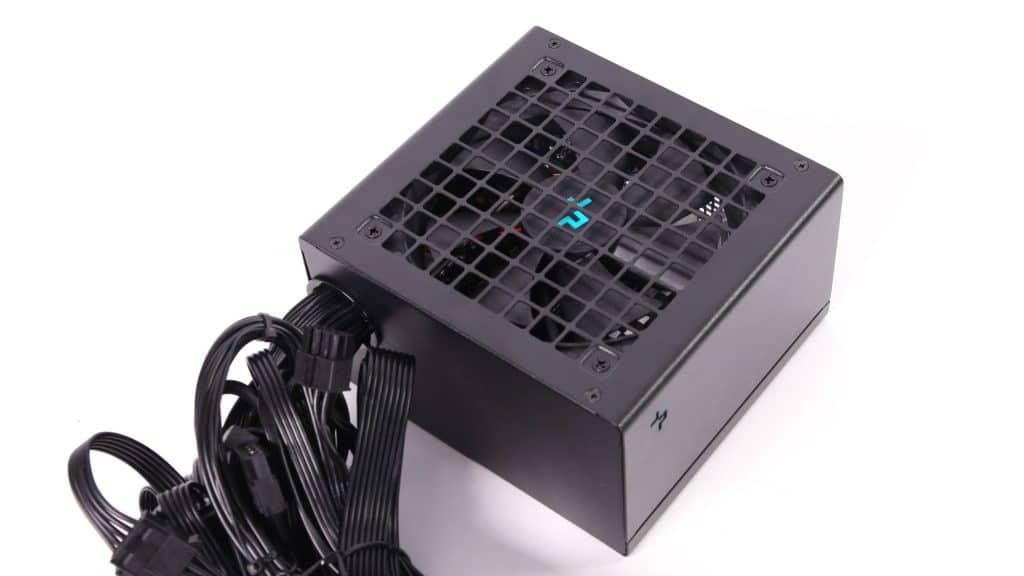

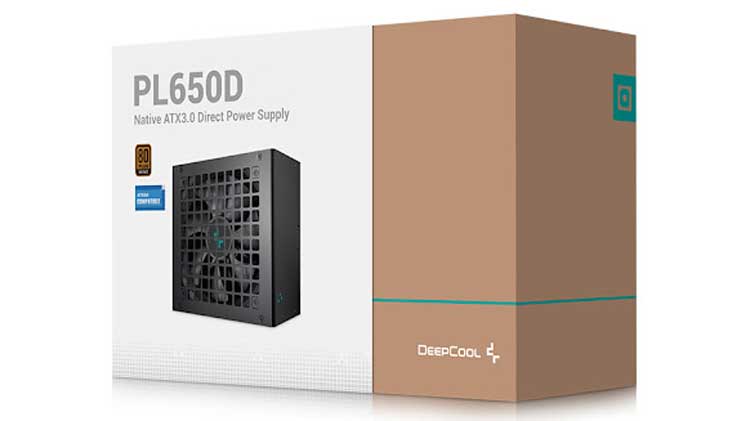
Thanks as always for the review, Aris! This unit appears to be similar to the PM-D except with Deepcool’s square grille pattern; the PM-D has been very affordable in many countries, so it is good to see that it is decent enough to use.
The idea of somewhat budget, high-power and ATX 3.x compatible PSUs is interesting to me because, at least in my mind, by the time you have a 3090 or something else that might justify getting an 850W power supply, your PC should be high end enough that the extra $20-30 for something like the excellent PX-G line might not matter.
Still, I think that especially in the future, there might be a niche for these, as once the 3090 and 3090 ti become older, they will become more available on the used market, which will make them promising midrange options that will still have the same power requirements. I think that something like this can fill that niche very nicely.
Hi Aris. Please look with more attention on PCB back side, is a broken copper circuit (close to D20). How is that possible? Protection circuit not working on all voltage rail?
Thank you! I will check it. Some of this damage may be inflicted by my engineers.
Yes, it is not working at -12V most likely, but I will look into that, thanks again!